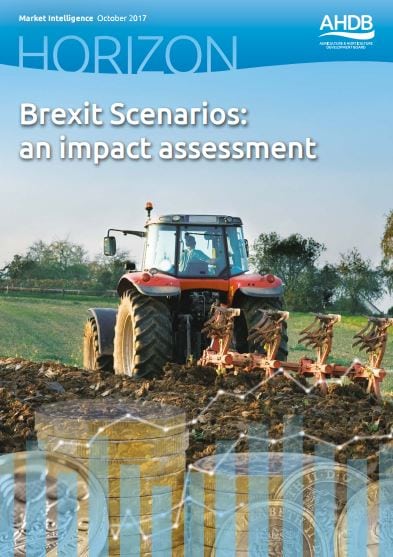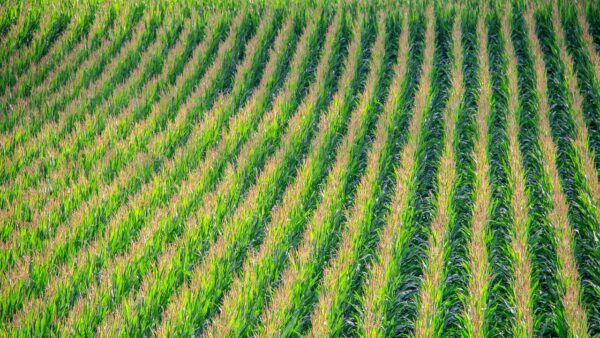Average farm profitability could drop from £38,000 to £15,000 a year in the worst-case scenario as a result of policy and performance challenges that come from Brexit, modelling work has revealed.
AHDB’s latest Horizon report, Brexit scenarios: an impact assessment, for the first time quantifies the potential impact of Brexit on UK farming businesses.
It maps out a range of possible post-Brexit situations and models their effect on Farm Business Income (FBI) across agriculture and horticulture’s levy-paying sectors.
But while results differ on a sector-by-sector basis, the top 25 per cent of businesses, regardless of sector, remained profitable under every scenario.
AHDB says farmers have the chance now to learn from that high-performing group and to use them as a benchmark for what is achievable in the way they run their own farm businesses.
Phil Bicknell, AHDB Market Intelligence Director, said: “This analysis underlines the fact that performance matters. As individual farms, we know that we can’t determine policy but we can recognise that performance is key to preparing for the challenges ahead.”
Launched at AHDB’s Grain Market Outlook Conference this week, the analysis projects the effect of different trading arrangements, farm support measures and labour availability.
They range from a ‘business as usual’ approach with current levels of support; a liberal approach to trade with tariff-free access to the UK and reduced support; to a cliff-edge Brexit, reverting to WTO regulations and with dramatically reduced support payments.
The model allows AHDB to re-run the scenarios in future as more detail of policy decisions in those key areas emerge, to form a more accurate picture for the industry. AHDB will also later publish specific results for Scotland using Farm Business Survey data.
Under the three scenarios outlined in the report, changes in the UK’s trade relationships will impact farmers’ bottom line when the UK leaves the Single Market, whether or not a Free Trade Agreement is negotiated with the EU.
Policy decisions also leave sectors where direct support has been a key part of farm revenues such as beef, lamb and cereals, particularly vulnerable.
Mr Bicknell added: “Buzzwords like competitiveness, resilience, productivity are not new to agriculture but Brexit brings renewed focus on farm performance. Do nothing and businesses that are currently profitable run the risk of heading into the red. There is plenty that individual businesses can do now to get fit for the future.”
AHDB will present the analysis and explore what actions farmers can take in advance of Brexit to better prepare for change at AHDB/NFU Brexit roadshow events around the country.
Running from 18 October to 2 November at 18 locations, the events will also see the NFU present its latest thinking on the development of a domestic agriculture policy aimed at helping farmers to mitigate volatility, enhance productivity and to deliver environmental benefits. NFU members can reserve their place by contacting their NFU Regional Office.
All AHDB’s analysis on the implications of Brexit for UK agriculture and horticulture can be downloaded at www.ahdb.org.uk/brexit
Source: AHDB Cereals












